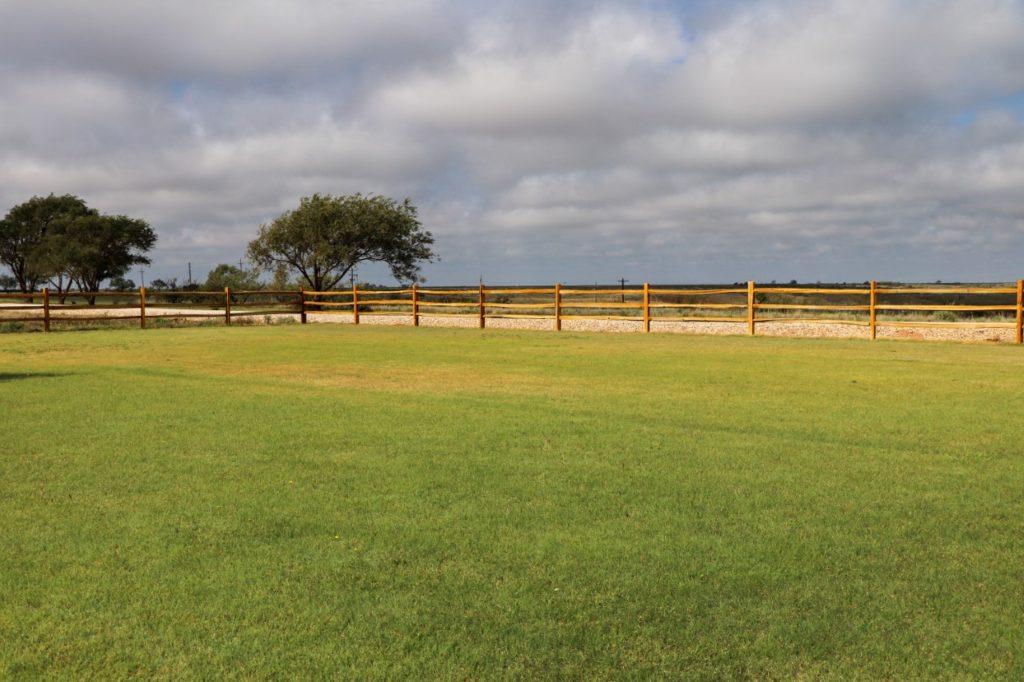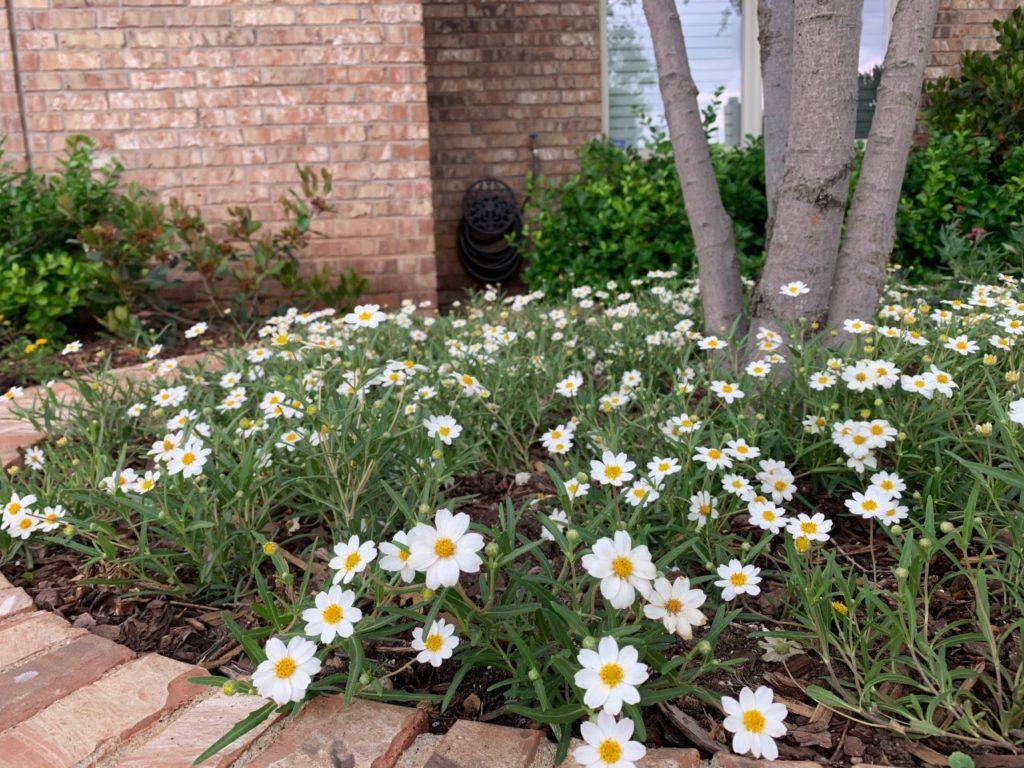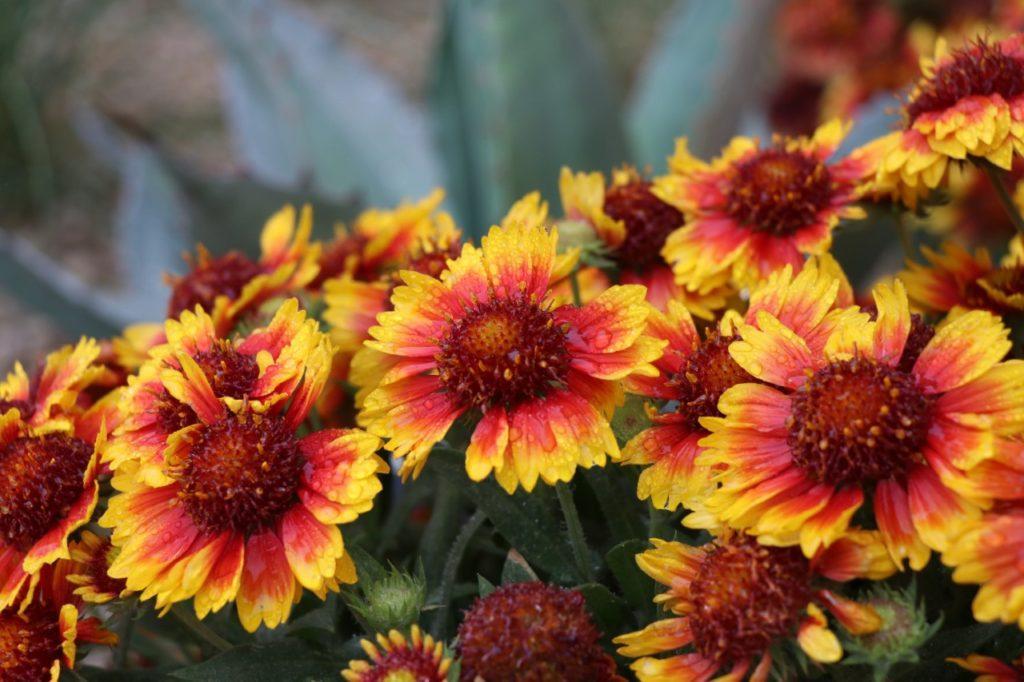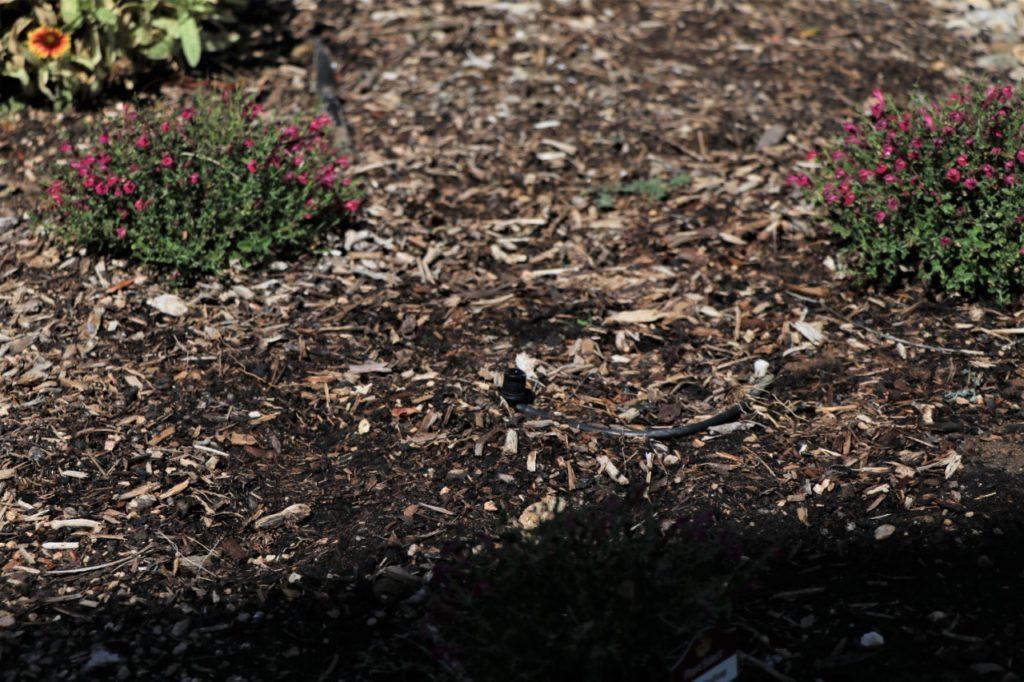Save Water & Money This Summer with a Waterwise Landscape
By Katherine Drury
High Plains Underground Water Conservation District No. 1
Outdoor watering can account for more than 50 percent of our home water use in the spring and summer. By incorporating waterwise landscaping practices, you can reduce your daily water use, lower your monthly water bill, and create an outdoor oasis.
Here are some ways to help you transform your yard into a waterwise landscape.
Efficient Irrigation
The best time to irrigate is either in the morning or evening since less water is likely to be lost to evaporation or wind drift. Turn your irrigation system off during wet weather in the spring and summer and freezing temperatures in the winter. Follow any local landscape irrigation ordinances.
Regularly check your sprinkler system to make sure all spray heads are working and are not spraying water onto driveways and sidewalks. Also, be sure that your system is not creating water runoff.


Reduce Turf Grass
During the summer, most of the water used outdoors is applied to grass lawns. Reduce the amount of water used in your landscape by replacing some of your grassy areas with flower beds filled with waterwise plants. Not only will this help cut down on the amount of water you use in your landscape, but it will create a colorful haven for pollinators.
Plant Selection
When choosing plants for your flower beds, opt for native or drought tolerant plants. They usually require less water and maintenance. Some of our favorite waterwise perennials are Blackfoot Daisy, Gallardia, Gaura, Turks Cap, and Yarrow.
If you are installing a new lawn, choose a grass that requires minimal water. Buffalo grass only needs one-half inch of water per week and has excellent drought tolerance. Bermuda grass needs one full inch of water per week. Fescue is the thirstiest grass commonly planted in our area, needing one-and-a-half inches of water per week.


Mulch
Few gardening practices are as easy and effective as mulching. It helps reduce the need for additional irrigation to replenish lost moisture that evaporates from the soil. Mulch also reduces annual weed populations, prevents soil compaction, and moderates soil temperatures. Be sure to maintain a three to four-inch layer of mulch year-round. Compost, straw or wood chip mulches will deteriorate and add organic matter back to the soil, which increases your soil’s water holding capacity.
Waterwise landscaping practices are one way that homeowners and businesses can conserve our region’s groundwater resources. For more tips and plant suggestions, be sure to check out High Plains Water District’s Waterwise Landscaping Tips.